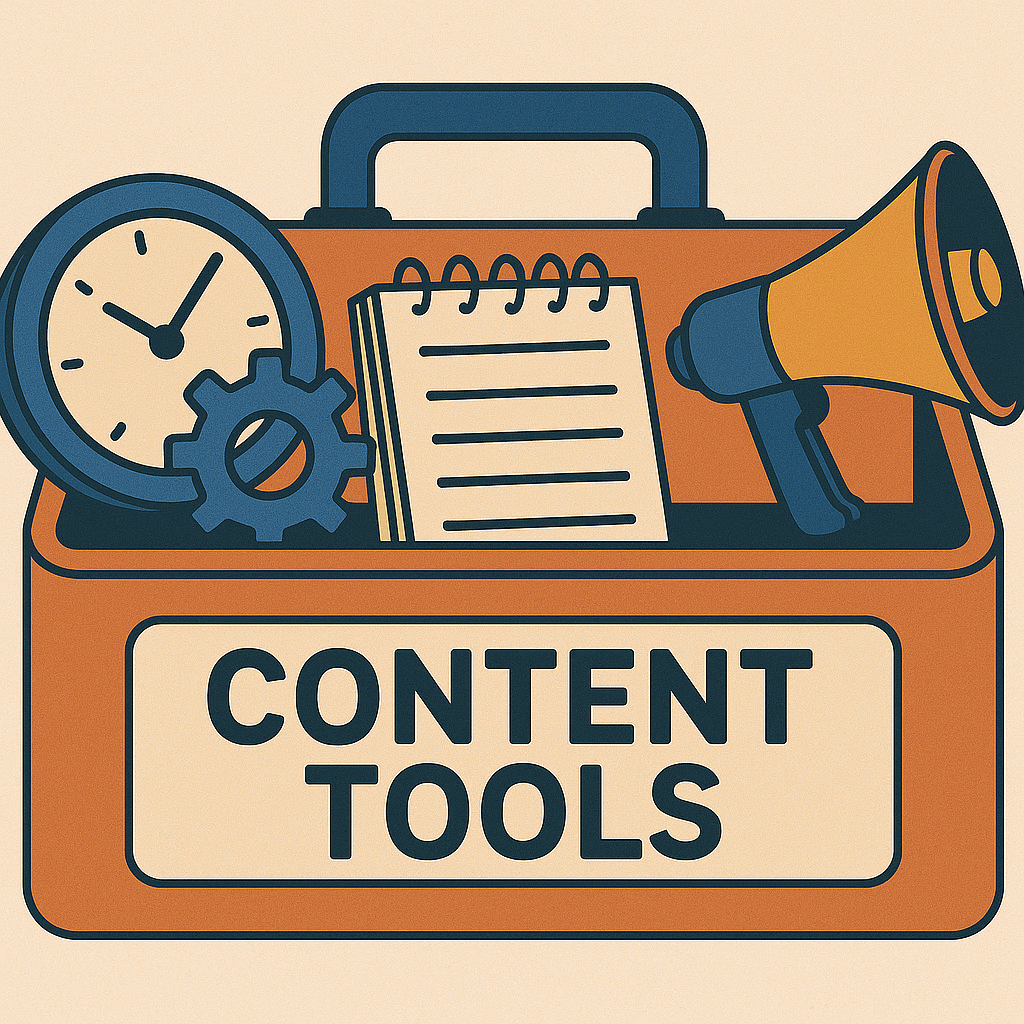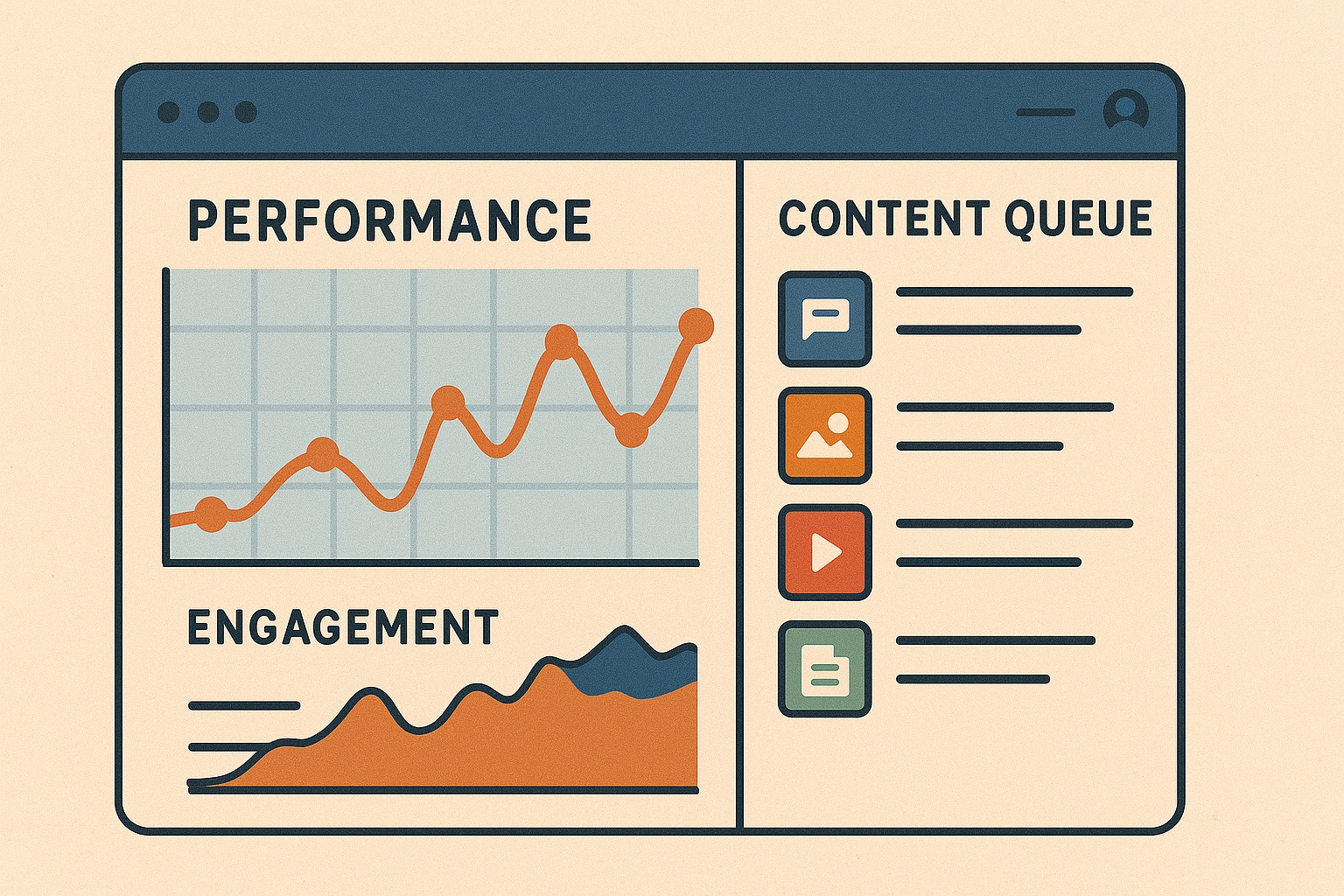As the digital marketing landscape continues to evolve, automation is becoming more than just a buzzword in the industry. One of the most strategic uses of automation is in content creation and scheduling. Building an automated content calendar for the entire year is a game-changer, allowing you to streamline your marketing processes, save time, and maintain consistency in your content marketing strategy. This article provides a comprehensive guide to construct your automated content calendar.
What is an Automated Content Calendar?
An automated content calendar is a digital tool that allows you to plan, schedule, and publish your content automatically, without manual intervention. It enables you to map out your social media posts, blog articles, emails, and other types of content for the entire year, ensuring a consistent and strategically timed flow of content.
Why Do You Need an Automated Content Calendar?
In the "The Automated Social Media Playbook: Set It and Forget It Marketing for 2025", we discussed the value of automation in social media marketing. You'll find that automated content calendars take this automation to another level. They not only save you time and effort but also ensure that your content reaches your audience at optimal times.

Building Your Automated Content Calendar: A Step-by-Step Guide
Step 1: Understand Your Audience
Before setting up your automated content calendar, it's essential to understand your audience's preferences, habits, and needs. Consider factors such as their preferred social media platforms, the times they are most active, and the types of content they engage with most.
Step 2: Define Your Content Strategy
Next, define your content strategy. Determine the types of content you will create and share, the platforms you will use, and the frequency of your posts.
Step 3: Choose Your Tools
Choose the right automation tools to build your content calendar. Some popular choices include MissingLettr, Buffer, and CoSchedule. These tools offer features like post scheduling, analytics, and integration with various social media platforms.

Step 4: Create Your Content
Now, it's time to create your content. Remember to keep it varied and engaging. Use a mix of blogs, images, videos, infographics, and other types of content to keep your audience interested.
Step 5: Schedule Your Content
Once your content is ready, schedule it using your chosen automation tool. Be sure to spread out your posts throughout the day and week to reach your audience at different times.
Step 6: Monitor and Adjust
Even after setting up your automated content calendar, it's essential to monitor your posts' performance and adjust your strategy as needed. Use the analytics provided by your automation tool to track engagement and tweak your content and scheduling accordingly.

Best Practices and Common Pitfalls
While building your automated content calendar, keep in mind the following best practices and common pitfalls:
- Don't Over-Automate: While automation can save time and effort, it's essential to maintain a human touch in your content. Ensure you're still engaging with your audience and responding to comments and queries.
- Keep Content Fresh: Avoid the temptation to recycle content too often. Your audience wants to see new and exciting content, so strive to keep it fresh and engaging.
- Regular Reviews: Regularly review your content strategy and performance. What worked a few months ago might not work now. Stay flexible and be ready to adapt.
Conclusion
Building an automated content calendar for the entire year may seem like a daunting task, but with the right approach and tools, it can be a strategic move that boosts your content marketing game. Remember, the goal is not just to save time but to deliver the right content to your audience at the right time.
Now, it's your turn. Start building your automated content calendar and experience the benefits of automation in your content marketing strategy. If you have any questions or need more insights on automation, feel free to reach out. Happy automating!



